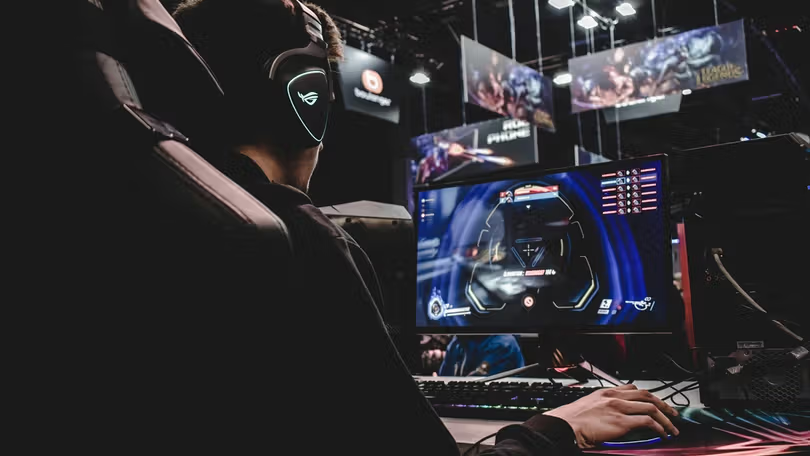
When competitive gaming began – or eSports – it’s fair to say, it was a little niche. Only a select number of gamers truly followed tournaments or took part, and while the fans were passionate, the community was small. In 2025, however, that’s all changed, and in no small part due to Rainbow Six Siege. So what is Rainbow Six Siege, and how has it shaped the meta over the last ten years?
The Rise of Rainbow Six Siege
Tom Clancy’s Rainbow Six Siege was developed by Ubisoft Montreal and was published all the way back in December 2015. Even ten years ago, however, competitive gaming was still in its early stages. While the groundwork for esports had been laid by titles like Counter-Strike, StarCraft, and League of Legends, the scene was far from the massive, global industry it is today – and so, while Siege was beloved by its initial players, early adoption was slow.
This all changed for a myriad of reasons, one of which can be found outside of the industry itself, in the world of VPNs. When the game was launched, players from regions with server restrictions, high latency, or limited access to online services often found themselves unable to connect or compete at all. But as the esports landscape was growing, so too was the landscape of VPNs.
Pretty soon, by using a dedicated IP VPN for gamers, players could bypass their regional limitations, opening the door to Siege’s competitive environment regardless of where they lived – and this shift meant that Siege’s player base wasn’t just growing, it was globalising. Suddenly, gamers from previously underrepresented regions could join tournaments, and with Ubisoft’s plan and long-term vision – driven by a commitment to constant updates and community feedback – the world of Siege eventually grew into the behemoth it is today.
How Siege Has Shaped the Meta
In 2025, Rainbow Six Siege is not just one of the best FPS games, it’s a global esport with millions of players, seasonal content, and FaZe and other major esports playing in a dedicated pro league spanning multiple regions – and it’s not the only one. Across the meta, there are countless games chasing the delicate balance between strategy, skill, and spectacle, drawing in millions of gamers and making their own impact in a way that wouldn’t have seemed possible back in 2015.
What sets Siege apart, however, is its unique approach to gameplay depth. Another reason why players were slow to onboard when it was first released was because it was a game that offered something different to what the others offered. At the time, players were used to fast-paced, twitch-reaction shooters focused primarily on raw aim and quick kills, but Siege went in the other direction. While still being a shooter, Siege demanded more from its players, revolving around patience, teamwork, and a deep understanding of its complex maps and operators.
This wasn’t immediately accessible, but as more people were introduced to the game, the emphasis on tactical play and strategic coordination began to take effect. Both the challenge and the rewards it offered ultimately helped Siege carve out its own dedicated community and rise to esports prominence, and now its rivals are doing everything they can to keep up.
Right now, however, it’s not looking like any game is going to knock Siege from its pedestal anytime soon. Only recently, Ubisoft released several key updates designed to make the game even better, with one of the most notable changes being the introduction of a new operator with unique gadgets, shaking up existing strategies and forcing players to rethink how they approach both attack and defence – you’ll understand if you’re a player! It’s clear that the parent company is behind Siege all the way, and will work hard to continue its success in whatever way it can. And millions of gamers are there for the ride.